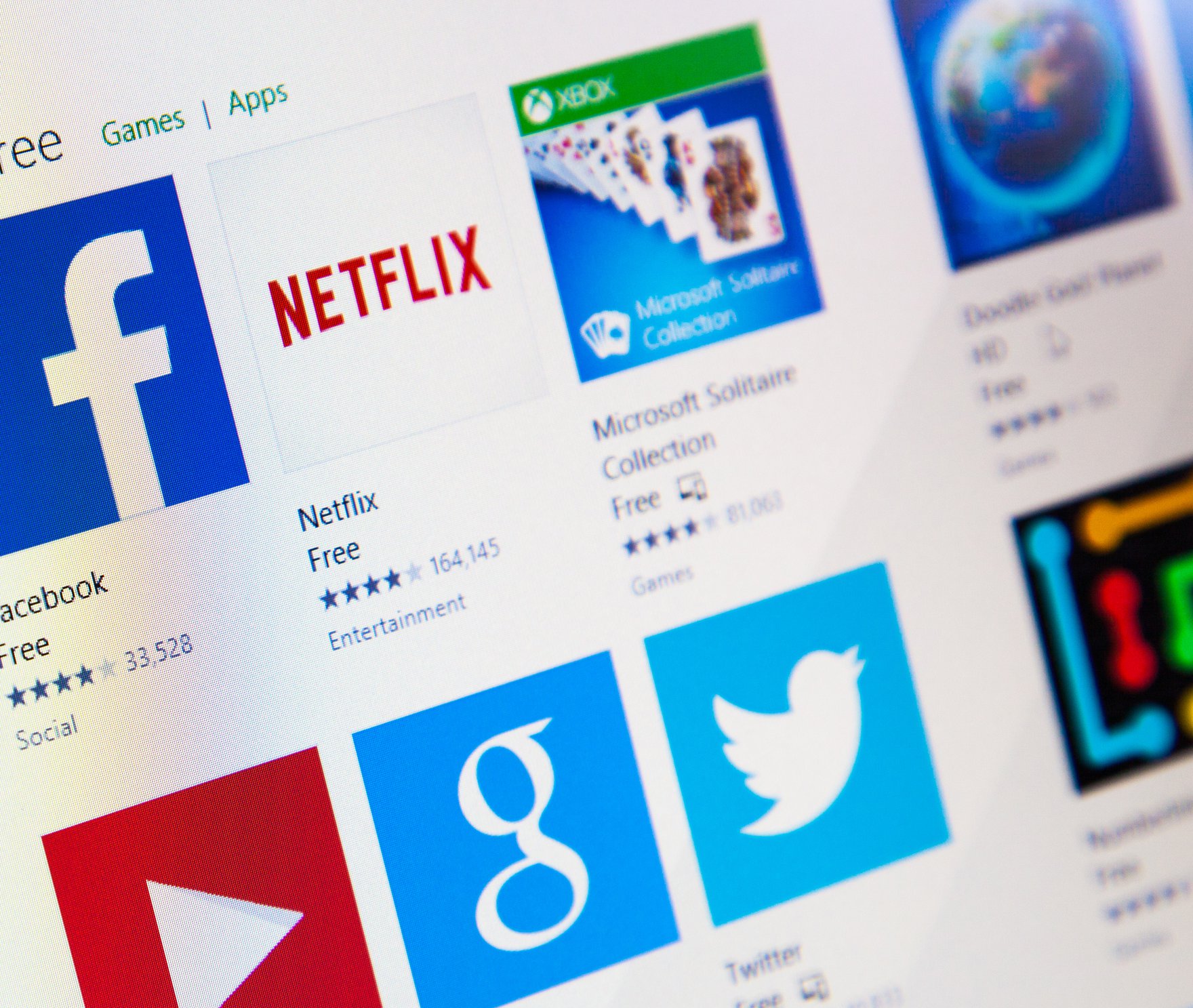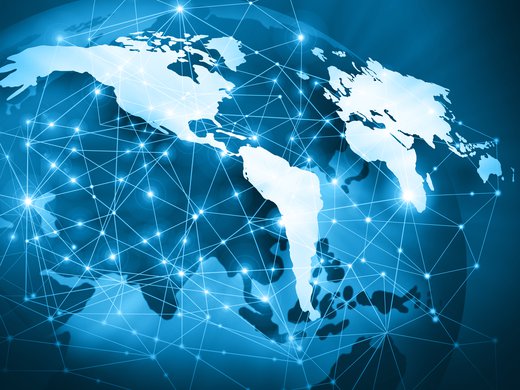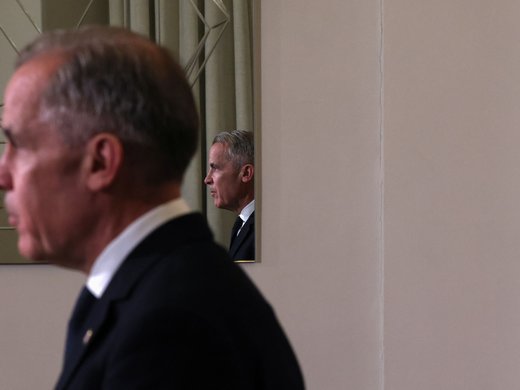Hundreds of websites large and small recently bombarded their visitors with annoying pop-ups — on purpose. It was called a Day of Action to support net neutrality in the face of a threat from the US government’s telecom regulator, and companies from Amazon and Twitter to Reddit and PornHub took part. Without net neutrality, Internet service providers (ISPs) could make it slower, harder or more expensive for Internet users to access certain kinds of content. The coordinated action was aimed at rallying public opposition to a move by the US Federal Communications Commission (FCC) to roll back net neutrality protections introduced in 2015.
What is Net Neutrality?
Net neutrality is the principle that all lawful data that travels over the Internet should be treated without discrimination. That means ISPs would not be allowed to inhibit access to content by: “throttling,” or slowing download speeds; charging more for certain kinds of content, such as high-speed video streaming; or favouring certain companies by offering consumers discounted or free access to their websites or apps — all of which can essentially pick winners and losers in the market, and limit the content that Internet users can access.
Why is This an Issue?
The debate over net neutrality has been going on for years, but it has intensified since audiences began abandoning cable TV in favour of online video streaming services such as Netflix and YouTube — simultaneously straining network capacity and taking revenue away from cable providers (many of whom are also Internet providers). Without net neutrality rules, as explained by Wired, it was possible that “your home internet provider would be free to slow down your Netflix connection to try to keep you paying for cable TV. Your mobile carrier would be allowed to block Skype in order to promote its own voice plan.”
Today, this practice often takes a more subtle form, with some telecom giants offering their customers preferential access to certain specific media platforms at the expense of the rest of the Internet. For example, AT&T subscribers can watch as much video as they want over AT&T’s DirectTV Now streaming service, but if they stream video on a competitor’s platform, it will count toward their data caps. This practice is known as “zero rating.”
What’s the Problem with Doing That?
Preferential pricing is widespread in other commercial goods and services — for instance, you might pay more to choose your seat on a flight. But the Internet isn’t like other goods or services. The principle of an “open Internet” is that anyone — no matter where they live or how much money they have — should be able to access all of the opportunities the Internet offers. A high school student shouldn’t get worse grades than her classmates because her parents can’t afford the high-speed nternet connection she needs to do her homework, the reasoning goes.
There is also the concern that preferential pricing can stifle innovation by making it harder for start-ups to access the market. If customers can get Netflix for free with their ISP, why would they pay to stream videos on a different website? Tech giants such as Netflix or Facebook might have the money and the clout to make free-data deals with ISPs, but smaller players do not. Someone with an idea for the next great music streaming start-up could get pushed aside while ISPs offer their potential customers free access to Spotify.
Why is the Day of Action Happening Now?
Before 2015, broadband was considered a “Title I” or “information service” in the United States, with limited government oversight. In 2015, the FCC ruled that ISPs could be classified as a “Title II” or “common carrier” service, similar to a utility, which opened the door to more regulation in the public interest. Under the ruling, ISPs were no longer allowed to block or throttle sites, or offer faster service in exchange for higher fees.
In May, the FCC, led by Donald Trump-appointed Chair Ajit Pai, voted to start the process of reversing the 2015 rules and reclassifying broadband as Title I service. The deadline for public comments on the proposal is Monday July 17.
Will the Protest Work?
Open Internet advocates have had success in the past with mass protest actions. In the so-called Stop SOPA protest of 2012 against the US Stop Online Piracy Act, major websites such as Google and Wikipedia blacked out some of their web pages to protest over-reaching intellectual property reform bills. The protest sparked millions of phone calls to lawmakers and the bills were dropped. After TV host John Oliver talked about net neutrality on his show in 2014, the FCC’s comments system crashed. That public outcry was viewed as having influenced the eventual 2015 FCC decision to embrace net neutrality. But that was a Democrat-controlled FCC. Whether the commission will be as responsive to protest under the Trump administration remains to be seen.



